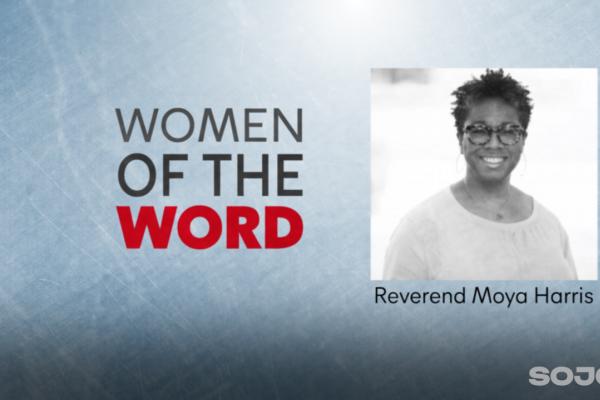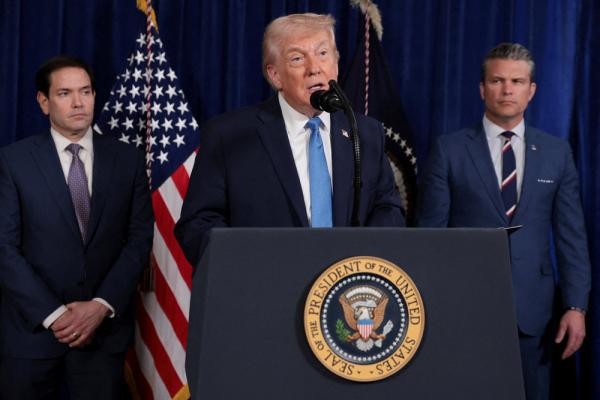THE WAR BETWEEN Armenia and Azerbaijan this past autumn was an avoidable tragedy.
The disputed Nagorno-Karabakh region has been populated since at least the second century B.C.E. by Armenians, one of the world’s oldest Christian civilizations. The Muslim Azeris and others have lived there and in neighboring areas for centuries as well, and the region was ethnically mixed (albeit majority Armenian) when the Soviet Union collapsed in 1991.
Stalin’s divide-and-rule policy for drawing borders made Nagorno-Karabakh a theoretically “autonomous region” within the Azerbaijani Soviet Socialist Republic. As the Soviet Union was breaking up and Azerbaijani persecution of ethnic Armenians increased, the Armenian and Nagorno-Karabakh governments, with widespread support of their respective populations, demanded the transfer of the region to Armenia.
When Azerbaijan refused, Armenia seized the territory by force in the 1990s—along with large swaths of western Azerbaijan, populated primarily by Azeris, that were never part of Nagorno-Karabakh. Hundreds of thousands of Azeris, and a smaller number of Armenians, were victims of ethnic cleansing by both sides.
A ceasefire came into effect in 1994, but the conflict has remained unresolved. Armenia remained in violation of a series of U.N. Security Council resolutions calling for its withdrawal from Azerbaijani territory. Efforts by the Minsk Group—formed by the Organization for Security and Co-operation in Europe—to put forward a compromise agreement failed.
Collective trauma from the Armenian genocide that began in 1915—finally officially recognized by the U.S. Congress in 2019—has fueled a strong sense of nationalism among Armenians that has been used to rationalize their violations of international legal norms in the name of national survival.
Though Azerbaijan has more powerful armed forces, Russia’s support for Armenia made Azerbaijan reluctant to attempt a military response. However, with oil money increasing Azerbaijan’s military advantage, it launched an attack on Nagorno-Karabakh on Sept. 27, bolstered by Turkish air support and Islamist mercenaries from Syria. Thousands of people have been killed.
Azerbaijan remains under the dictatorial rule of Ilham Aliyev, supported by the U.S., Turkey, and Israel. Aliyev has been accused of widespread human rights abuses, including torture, arbitrary arrests, and suppression of journalists.
The Armenians, by contrast, after years of corrupt and semi-autocratic rule, launched a successful nonviolent revolution in 2018 that ushered in democratic governance. Ironically, the new populist president, while democratically elected, took an even harder line toward the dispute. Also, Armenia’s democratic transition led Putin to pull back Russia’s traditional support, giving Azerbaijan an opening. Rather than push for more negotiations, the Azerbaijan government chose military action.
Meanwhile, the autocratic U.S.-backed Turkish regime has been promoting anti-Armenian rhetoric and ethnic chauvinism, prompting dismay from democratic Turks and from ethnic Armenians living in Turkey, descendants of genocide survivors.
The conflict in the Nagorno-Karabakh region is not caused by ancestral hatreds or a conflict between Islam and Christianity, but a legacy of colonialism, authoritarianism, and hypernationalism that has led to efforts by certain forces in the post-communist South Caucasus to establish exclusive control over historically multicultural areas.
Grassroots organizations on all sides have condemned the war. “We reject every nationalist and state-of-war narratives that exclude any possibility of us living together again on this soil,” declared one group of Azerbaijani youth. A group of Armenian feminists place the responsibility for casualties on those who choose war, saying “We consciously choose peace.” Americans and Israelis have called on their governments to stop arming Azerbaijan.
The ceasefire agreement negotiated in November ceded the majority of territory seized by Armenia in the 1990s back to Azerbaijan, including a large part of Nagorno-Karabakh, with Russian peacekeeping forces controlling most of what remains. Agreements effectively imposed by military force may halt the bloodshed for a time, but they are not effective means of conflict resolution.

Got something to say about what you're reading? We value your feedback!







